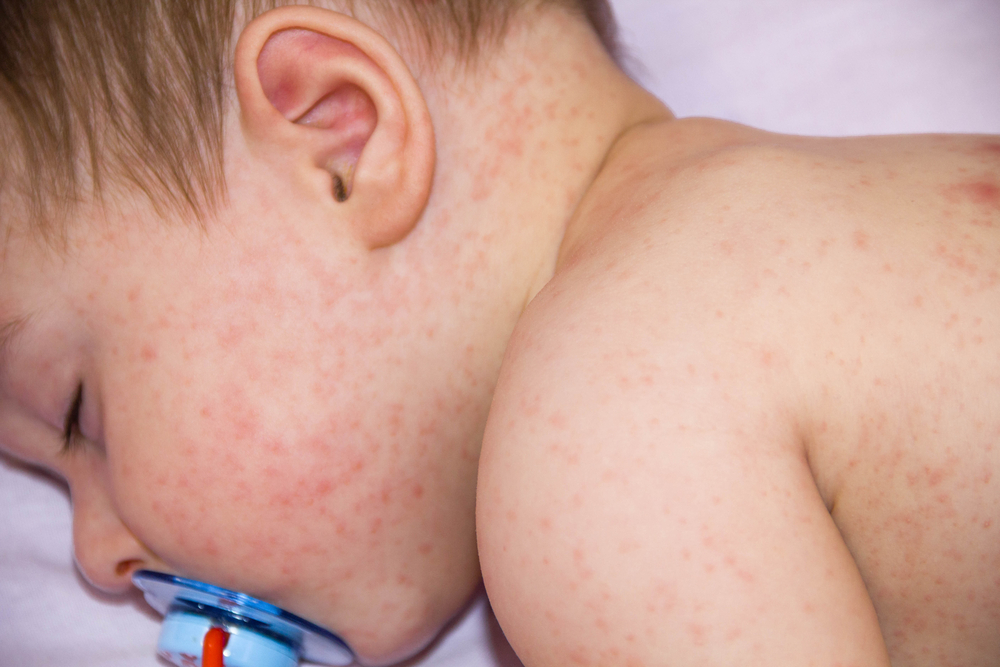Children's Health
Food allergy vs. food intolerance: What are the differences?

People usually can't differentiate between food allergy and food intolerance. In fact, the two terms are not the same, as they indicate two different health conditions, with different symptoms, severity level, and treatment.
In this article I will be talking about the two conditions in detail.
First: Food Allergy
Food allergy is an immune system reaction that occurs soon after eating a certain type of food. Even a tiny amount of the allergy-causing food can trigger symptoms.
For some people, an allergic reaction to a particular food may be uncomfortable but not severe, for others, the allergic reaction can be frightening and even life-threatening.
Food allergy symptoms usually develop within a few minutes to two hours after eating the offending food. When the reaction is severe, it is known as anaphylaxis.
Symptoms
The most common food allergy signs and symptoms include:
-
Itching in the mouth
-
Hives, itching or eczema
-
Swelling of the lips, face, tongue and throat or other parts of the body
-
Wheezing, nasal congestion or trouble breathing
-
Abdominal pain, diarrhea, nausea or vomiting
-
Dizziness, lightheadedness or fainting
Common foods that people are allergic to:
-
Peanuts
-
Tree nuts (such as what?)
-
Milk
-
Eggs
-
Wheat
-
Soy
-
Fish
-
Shellfish
Who has allergies?
Allergies tend to run in families. Does someone in your family have allergies? If so, you might have allergies too.
That’s because allergies are often hereditary. While allergies are more common in children, they can still appear at any age. Sometimes allergies disappear, only to return years later.
What to do in case of reacting to a certain type of food?
You have to completely avoid consuming the food that you are allergic to.
-
Carefully check food labels for their list of ingredients and take note of any foods you’re allergic to that may fall under another name.
-
Some ingredients are hidden as an additive or flavoring.
-
-
When you hang out:
-
At restaurants: inform the chef about your food allergy.
-
Make sure food isn't prepared on surfaces or in pans that contain any of the foods you're allergic to.
-
If your child has a food allergy, follow these steps to ensure their safety:
-
Notify people who regularly interact with your child about his/her food allergy (at school, care givers or parents of your child’s friends).
-
List to the adults the symptoms that your child will experience should they have a reaction and the instructions the adults must follow immediately after.
-
Teach your child to ask for help if they have a reaction.
-
Tell your child the types of food they must avoid.
-
Plan meals/snacks for your child before leaving home: give them a lunch box prepared with allergy-free foods.
Second: Food Intolerance

Food intolerance means either the body cannot properly digest the food that is eaten or that a particular food might irritate the digestive system.
Symptoms of food intolerance can include nausea, gas, cramps, abdominal pain, diarrhea, irritability, nervousness or headaches.
The two most common causes of food intolerance are lactose and gluten.
-
Lactose intolerance
Lactose is the sugar found in milk. Normally, the enzyme lactase, which is present in the small intestine, is sufficient to digest the lactose into simpler sugars (glucose and galactose), which are then absorbed into the bloodstream.
When enzyme activity is low, the lactose remains undigested and it is transported to the large intestine, where it is fermented by the bacteria in the gut. This can give rise to symptoms of flatulence, pain and diarrhea.
-
Gluten intolerance (celiac disease or gluten-sensitive enteropathy)
Gluten intolerance is an intestinal disorder that occurs when the body can't tolerate gluten (a protein found in wheat, rye, barley and oats).
Differences between food allergies and food intolerance
-
The symptoms of food intolerance usually occur a few hours after eating the food whereas allergic reactions happen much more quickly.
-
With an allergy, even a tiny amount of the food can cause an allergic reaction to take place. With food intolerance, you need a lot more of the food to cause any symptoms.
-
Food intolerances are never life-threatening and only cause someone to feel ill, whereas some allergies are, as they can cause anaphylaxis.














